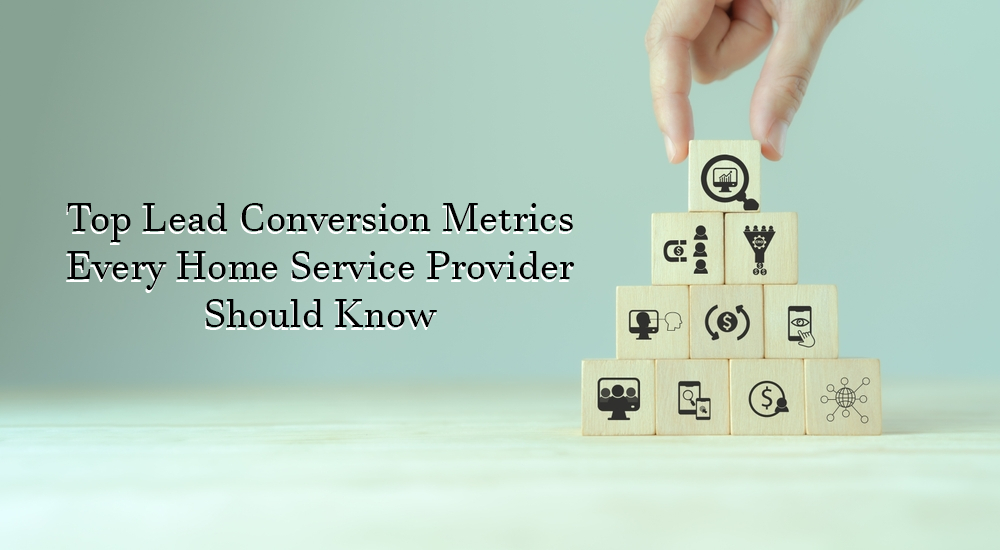Looking for ways to expand your organization is crucial because it helps increase brand awareness and equity. And one of the most sought-after techniques for growing a company is generating exclusive home improvement leads.
High-quality leads are the cornerstone of a successful marketing strategy in the fiercely competitive market. Accordingly, learning about lead conversion metrics helps you determine if you are bringing the best leads to your company.
Understanding these measurements can teach you to prioritize your sales efforts towards the most qualified leads and drive revenue growth.
What are Lead Conversion Metrics?
Lead conversion metrics are used to monitor and evaluate the overall effectiveness of your company’s sales and marketing tactics.
These measurements provide insights into how likely the best home improvement leads will turn into paying customers.
Here are some lead conversion metrics you should be tracking:
Qualified Leads Generated

Qualified leads are consumers who show genuine interest in your offerings. They also have met certain criteria that suggest they are prepared to move forward in the sales funnel.
Some common types of qualified leads include:
• Marketing Qualified Leads (MQL) •
Sales Qualified Leads (SQL)
• Information Qualified Leads (IQL)
• Cold, Warm, and Hot Leads
This also helps to assess whether your nurturing processes are effective. As a result, you can have a better understanding of what’s most important to your bottom line.
Landing Page Metric
Landing pages are usually attached to an email, advertisement, or anywhere on the web. They provide visitors with their needed information and are frequently accompanied by a call to action to further their customer journey.
This metric displays users who responded to your call to action out of every person who visited your page. According to HubSpot, 9.7% is the average landing page conversion rate across all industries.
Cost Per Acquisition (CPA)
Your cost per acquisition helps measure your spending on generating a lead and your team’s efficiency.
A company that tracks its CPA comprehensively is more likely to achieve a return on its investment (ROI).
When assessing your CPA, do not just consider monetary costs. You can also calculate factors that went into creating your marketing campaign. This consists of the time and effort spent in its development and the actual cost of launching the campaign.
Bounce Rate
The bounce rate shows whether a user stays on your website and navigates to another page or if they leave.
Usually, a higher bounce rate means that your site is not meeting your audience’s expectations. It could imply issues like a lack of relevant content, difficult navigation, and slow loading.
Alternatively, a lower bounce rate means people find your information helpful and continue browsing your site.
Engagement Metric
Engagement refers to how involved individuals are with your online platforms.
The engagement measurement focuses on metrics like page views, number of likes or comments, and post shares.
To measure user engagement, it is essential to look at Key Performance Indicators (KPIs), such as click-through rate (CTR), page-per-visit, retention rate, and returning visitor rate.
Conclusion
Lead conversion metrics are crucial for lead generation as they allow businesses to measure and optimize the efficacy of their marketing and sales strategies. Companies can fine-tune their lead generation strategies by evaluating and analyzing lead conversion metrics, ultimately increasing income.
If you are set to grow your firm, HomeGuru can help you attract high-quality and verified leads. We are a home improvement lead generation company based in Santa Monica, CA. Visit our website www.homeguru.com/ or contact us at (888) 437-8049 today!
Read More: A Guide to Lead Generation


